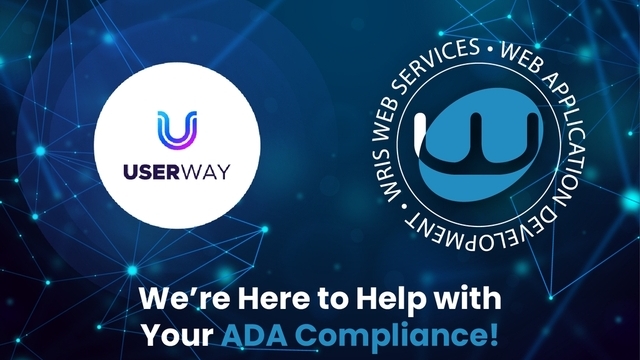
Whether you’ve had your website for decades or you are starting from scratch, there are a few elements or features that every website really needs to have.
Be Responsive -- At first, any online presence was enough to give you the confidence that customers would be able to find you. Soon, it was recommended that you also have a mobile-friendly version of your website, so that users looking for you on their smartphone would also be presented with a website that could be navigated easily from the smaller screen. Having more than one version of your website, though, means the added task of making sure both stay in sync. Enter Responsive Design. When your site is responsively designed, it responds to the device being used to view it and adjusts so that whether your customer is on a desktop or a tablet or a smartphone, they will be able to navigate your website with ease. The variety of screen sizes continues to rise and the increasing use of mobile devices is staggering. Which makes responsive design the smartest option.
Ch-Ch-Ch-Changes -- It’s not news to learn that keeping your site current and fresh is the right thing to do. But if you don’t have an easy way to make updates, the task can become overwhelming or even be ignored. Ideally, your website will be backed by a Content Management System, so that someone from your organization can update your site with a few clicks. But even if you don’t have such a system in place, having a trusted web development partner -- whether it’s one person or an entire team -- is crucial. You want a partner who is reliable, efficient, and who can respond in a reasonable amount of time.
Contact Us -- It might be one of the most overused phrases on websites today but guess what...it works. At some point or another every site visitor is looking for contact information. Don’t bury it, don’t call it something cryptic, and don’t make the user jump through hoops to submit a question. Make it as easy as possible for customers to contact you, whether that’s right through your site or offline.
Analyze This -- Once you have a website up and running, it’s good to monitor how it’s doing. Sometimes you can gauge that by how many orders you’re receiving, or how many quote requests you get. But if your site isn’t interactive like that, it can be hard to know what is or isn’t working. Google Analytics is easy to implement and even easier to access. Once you login to the interface you can see just what people are doing once they reach your site. You don’t have to be a Certified Search Engine Optimization Expert to interpret the data (although if you have access to one of those, it can’t hurt), but you do need to take the time to review it.
All of these requirements are easy to implement (some more easily than others, of course), and all of them will make a big impact on the success of your website.



